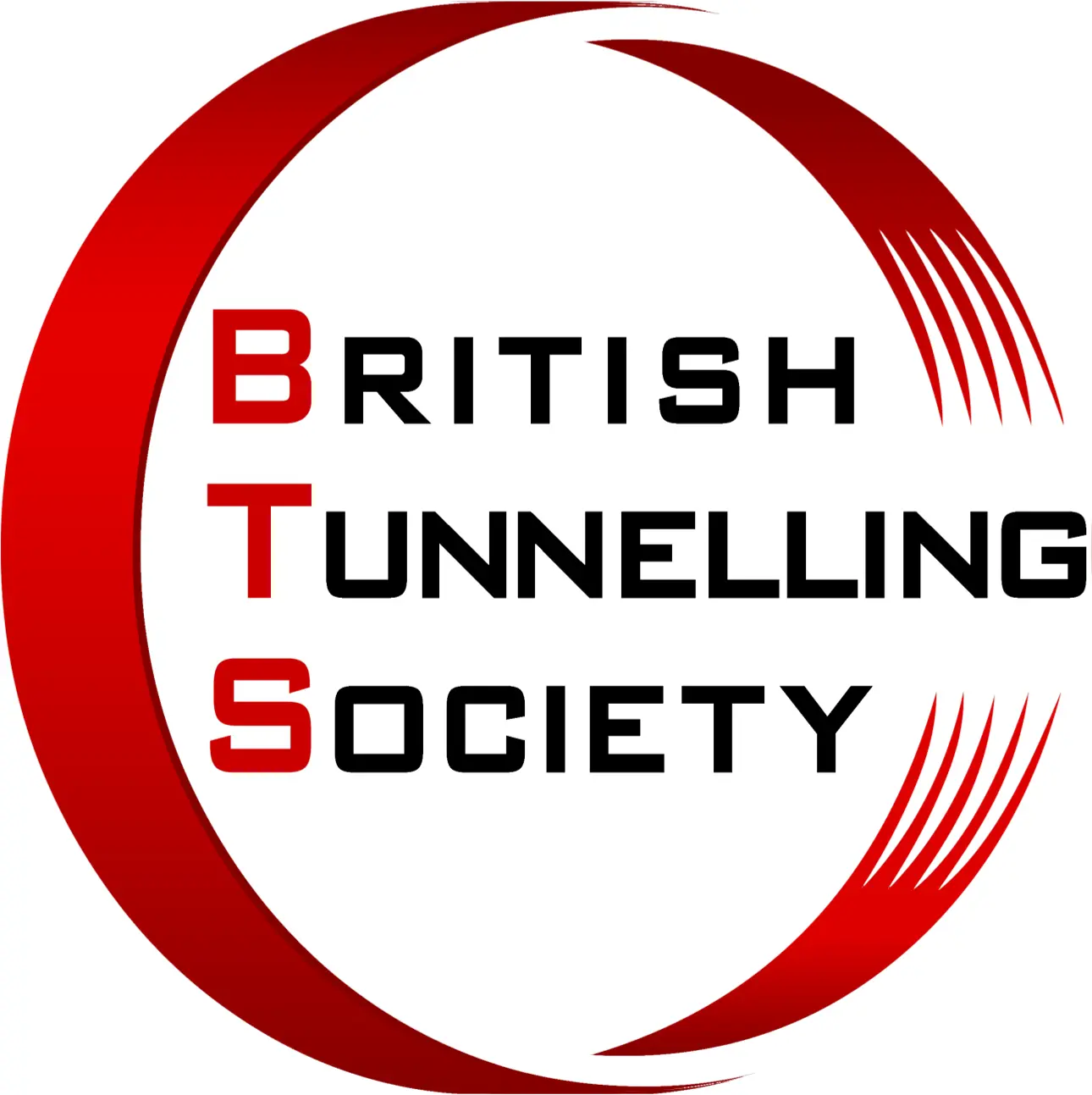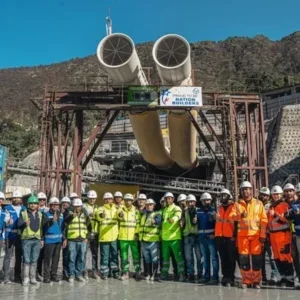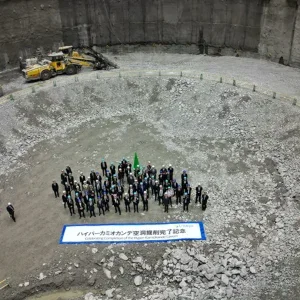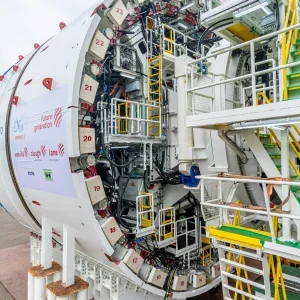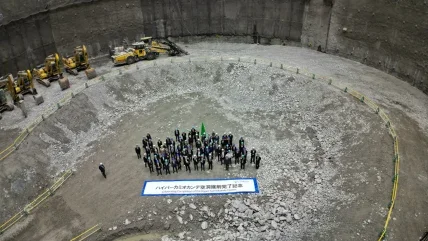
The cavern is located 600m below ground near the city of Hida in Gifu Prefecture.
Hyper-Kamiokande (Hyper-K) is an international scientific project co-ordinated by the University of Tokyo and the High Energy Accelerator Research Organisation (KEK). It involves 640 scientists from 22 countries.
Hyper-Kamiokande is a next-generation detector, consisting of a gigantic water tank with a volume 8.4 times greater than its predecessor, Super-Kamiokande, and equipped with over 20,000 photomultiplier tubes.
The project aims to advance understanding of the Grand Unified Theory and the evolutionary history of the universe by investigating phenomena such as proton decay, CP violation (the asymmetry between neutrinos and antineutrinos), and observing neutrinos from supernova explosions.
Excavation of the main cavern began in November 2022, following the completion of the approach and access tunnels. The main dome, 69m in diameter and 21m in height, was completed in October 2023, and excavation of the vertical cavern for the main detector has been ongoing since then.
Work is now under way on converting the main chamber into a giant water tank capable of holding 260,000m3 of ultra-pure water. It will be fitted with approximately 20,000 newly developed photosensors and around 1,000 multi-photosensor modules designed to detect the faint light produced by neutrino interactions.
Construction of the two-layer structure of the detector is scheduled to start next year, followed by the installation of photomultiplier tubes and other components.
All internal detector components are expected to be installed by 2027, after which the tank will be filled with ultra-pure water. Hyper-K is due to begin operations in 2028.
During a tour by representatives from the University of Tokyo, Japan’s Ministry of Education, Culture, Sports, Science and Technology (MEXT), Gifu Prefecture, and construction-related companies in June, University of Tokyo president Teruo Fujii said over the next 20 years, Hyper-Kamiokande would become a hub for international collaborative research, attracting scientists from around the world.
Director of MEXT’s Research Promotion Bureau, Mizue Shiomi, expressed “deep respect for the achievement of creating this unprecedentedly large cavern, made possible by Japan’s outstanding excavation technology and the collective wisdom of world-leading researchers”.

